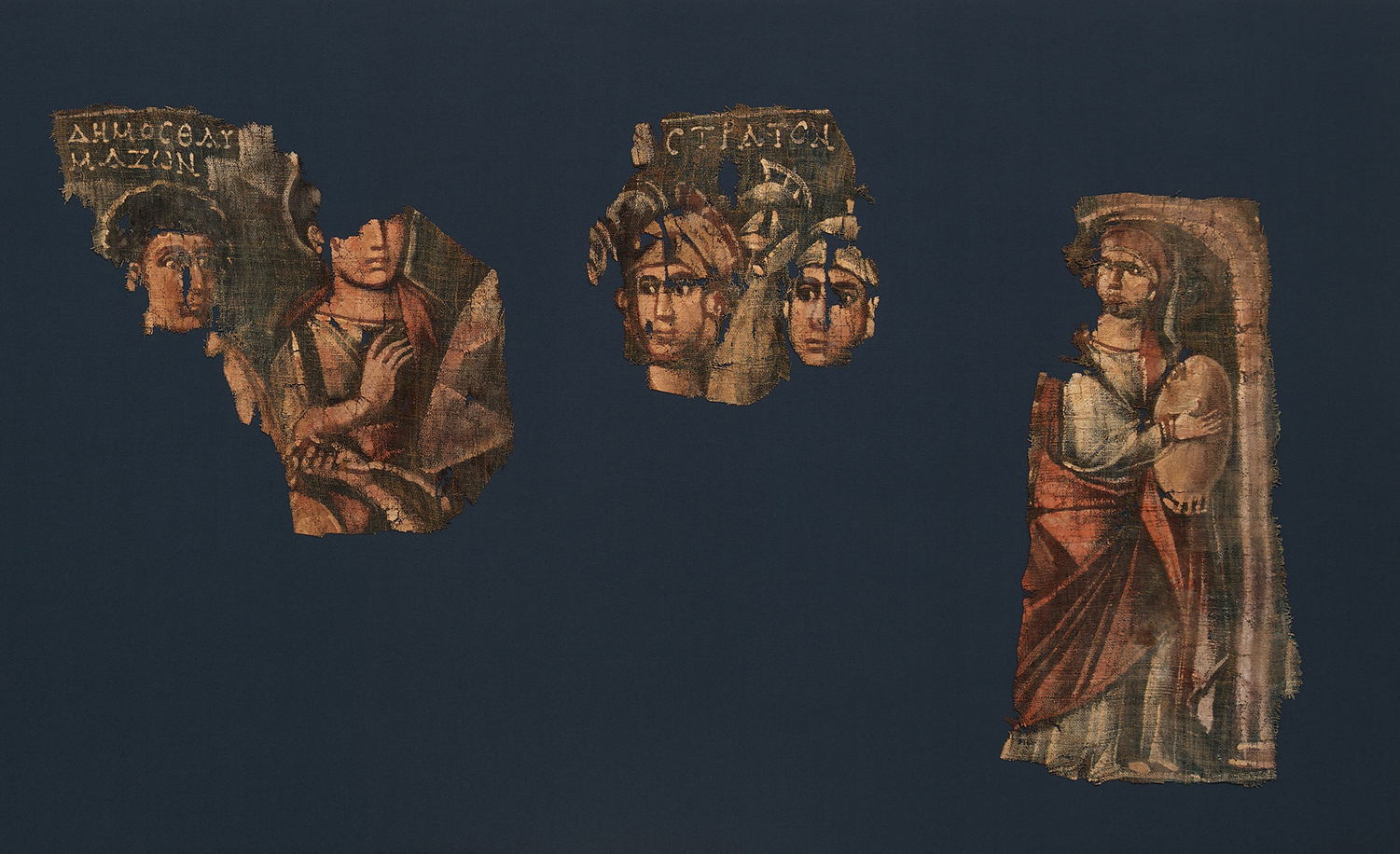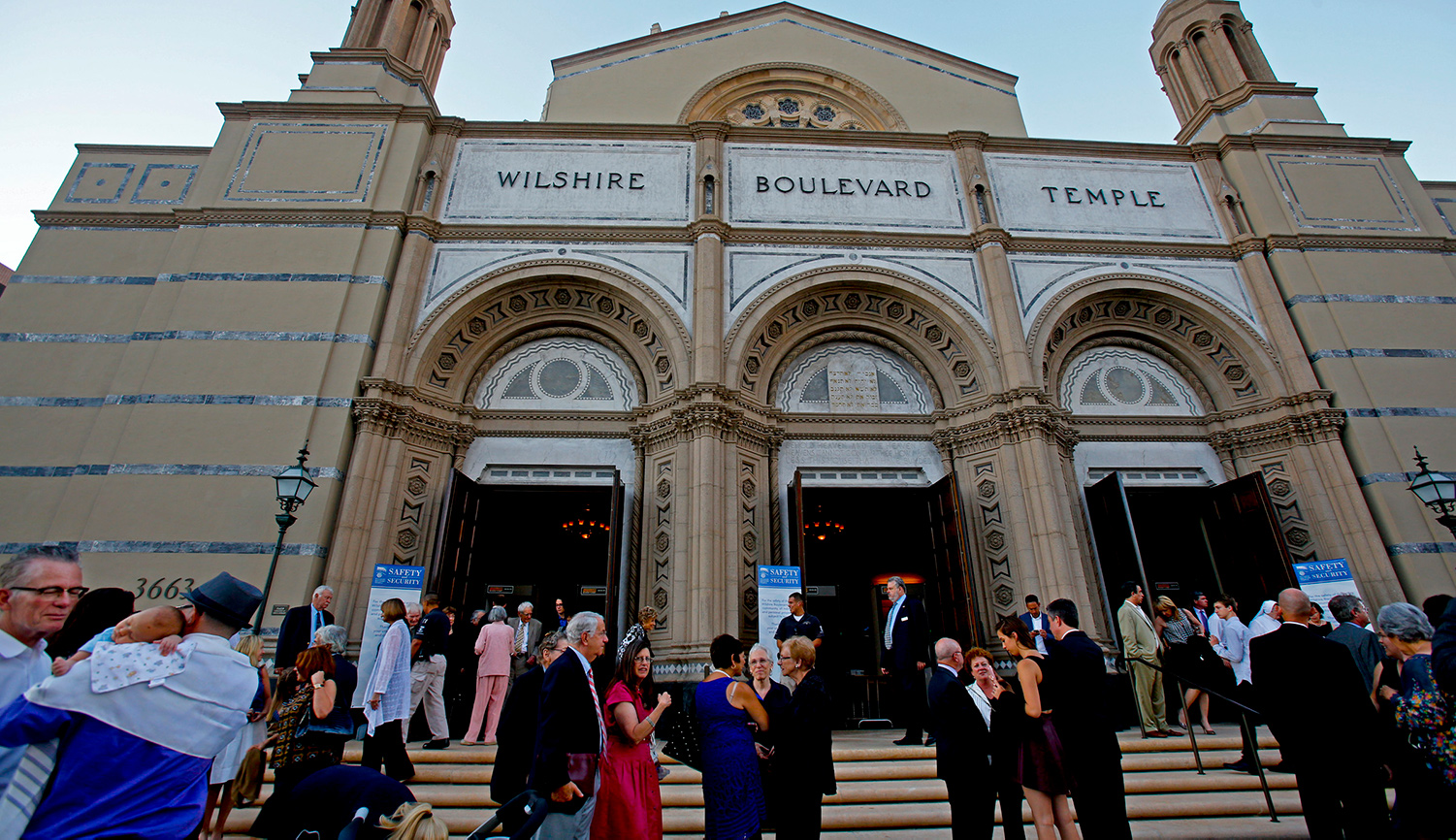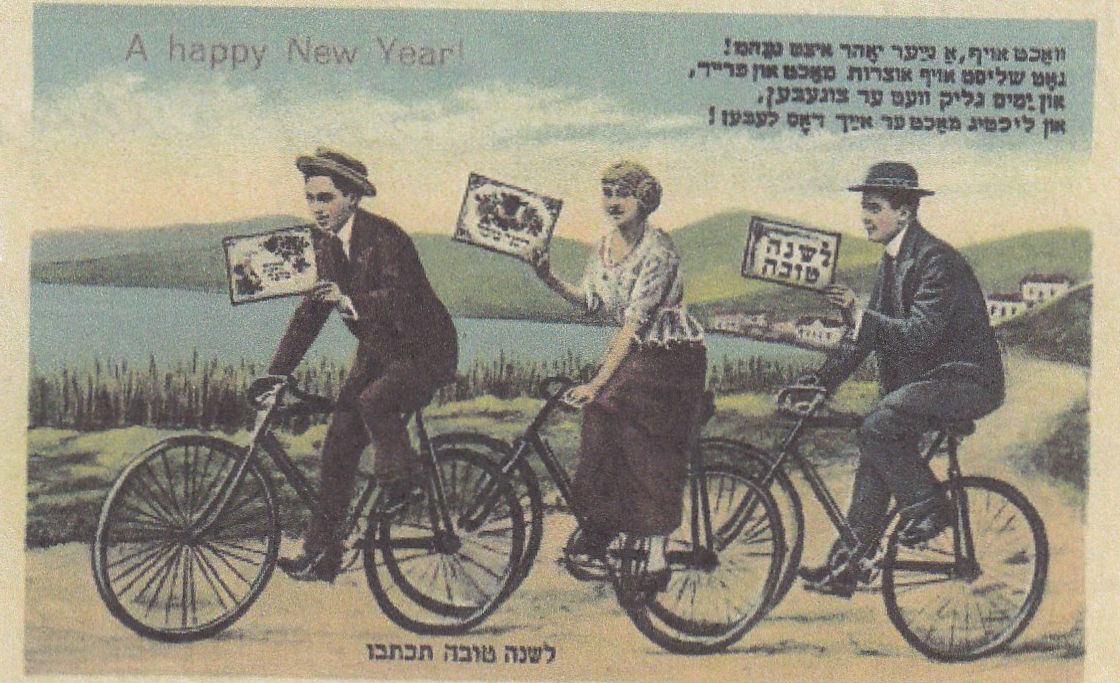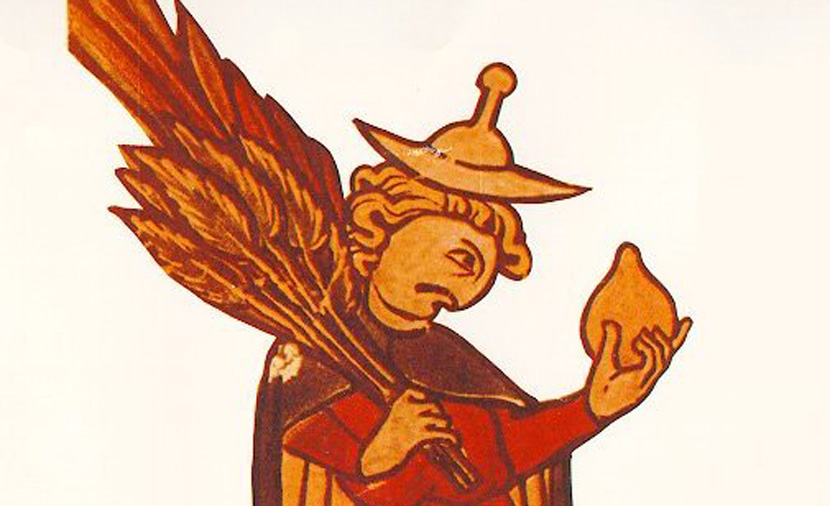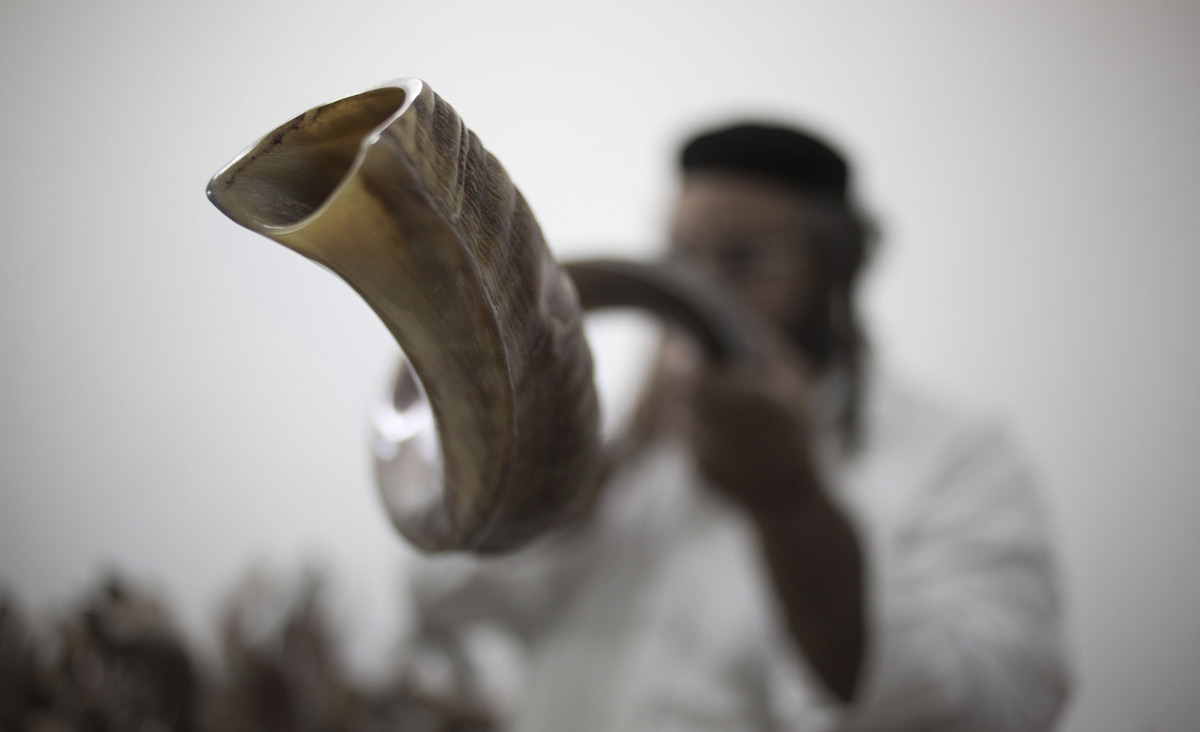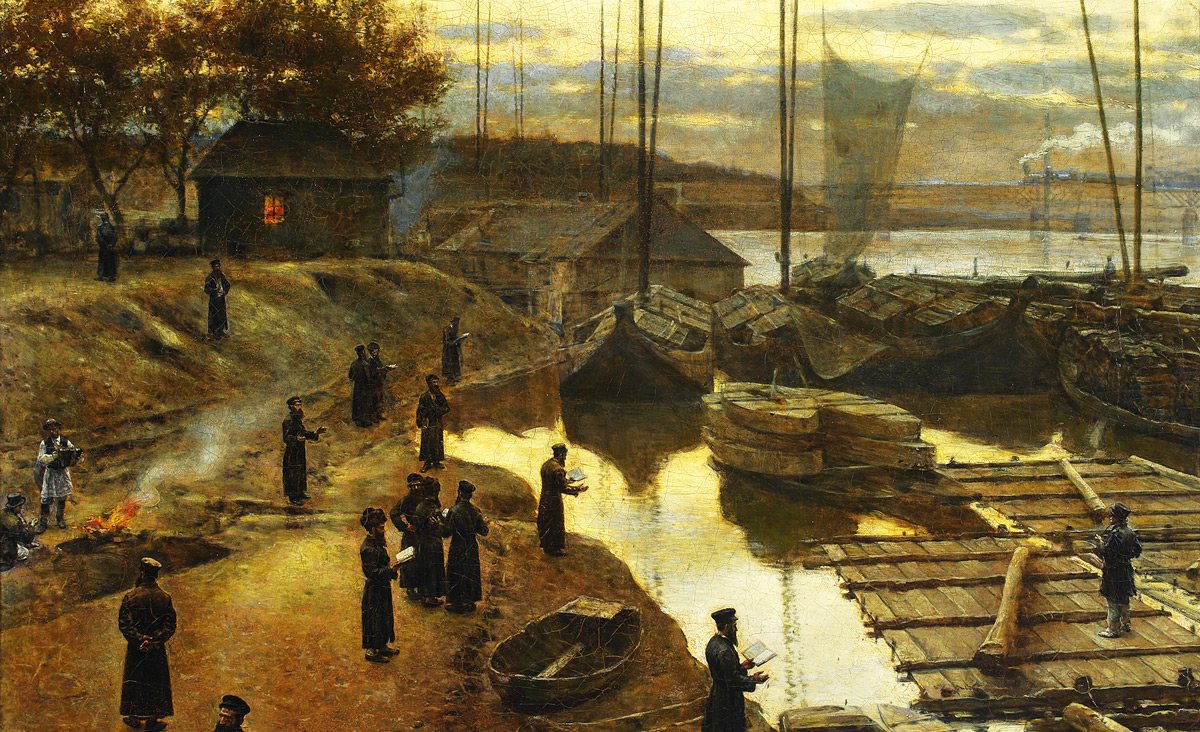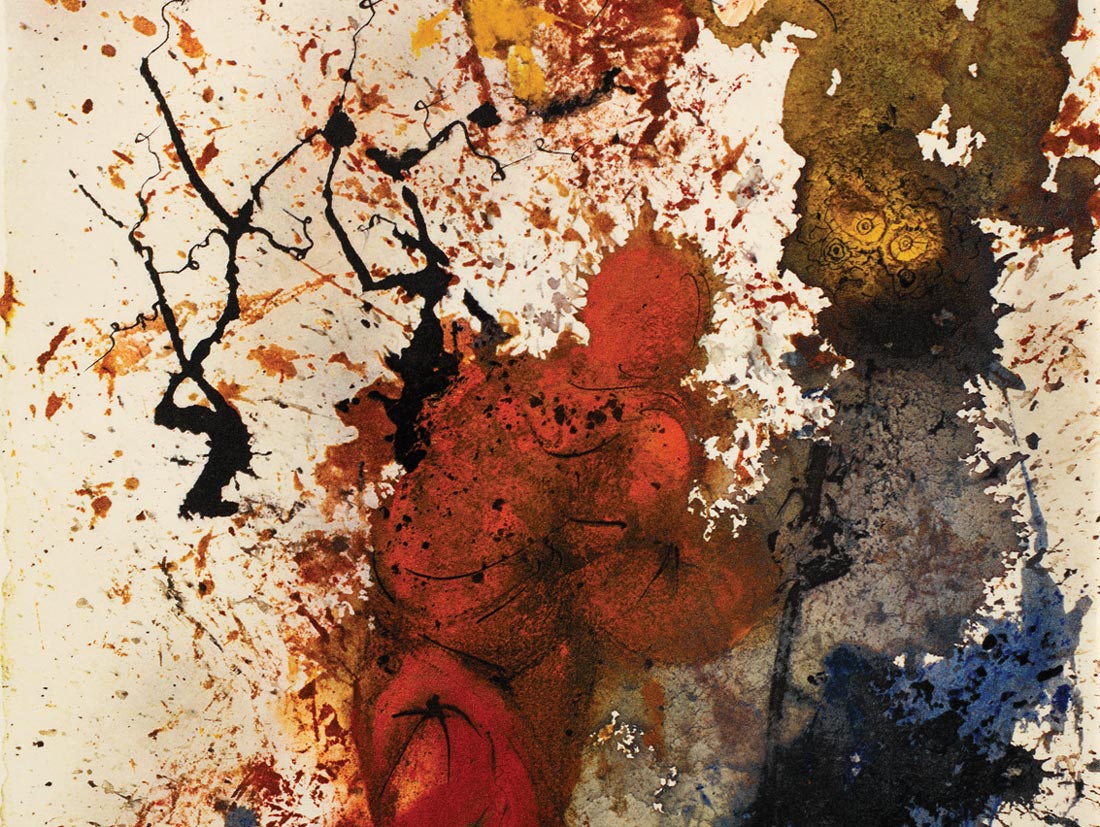Rosh Hashanah
To One Great Hasidic Thinker, the Shofar Was a Tool to Loosen the Divine from Its Corporeal Shackles
“Happy is the people who knows the blast.”
Why the first of Nisan, which falls on this coming Saturday, would seem to be the most important date of all.
From Alaska to Jerusalem.
God prays that His own mercy will triumph.
What happens when, once a year, the urge to accommodate every consumer fashion meets massive Jewish cultural illiteracy?
Scholars have deciphered three ancient psalms.
Reading the Torah and blowing the shofar.
The products of the Yiddish greeting-card industry are a reminder of how wonderfully varied was the world of Yiddish-speaking Jewry.
The method, developed by the Babylonians and kept alive by medieval Jews, is known in Hebrew as the “secret of impregnation.”
There are three Hebrew expressions for the days from Rosh Hashanah through Yom Kippur. Two are well-known. The third? No one’s quite sure what it means.
“Here am I, poor in deeds,” it begins. Where did it come from and, more importantly, what does it say to us?
How honey became part of Jewish culture.
How a central prayer of the New Year liturgy reveals the day’s true spirit of awe and fear.

